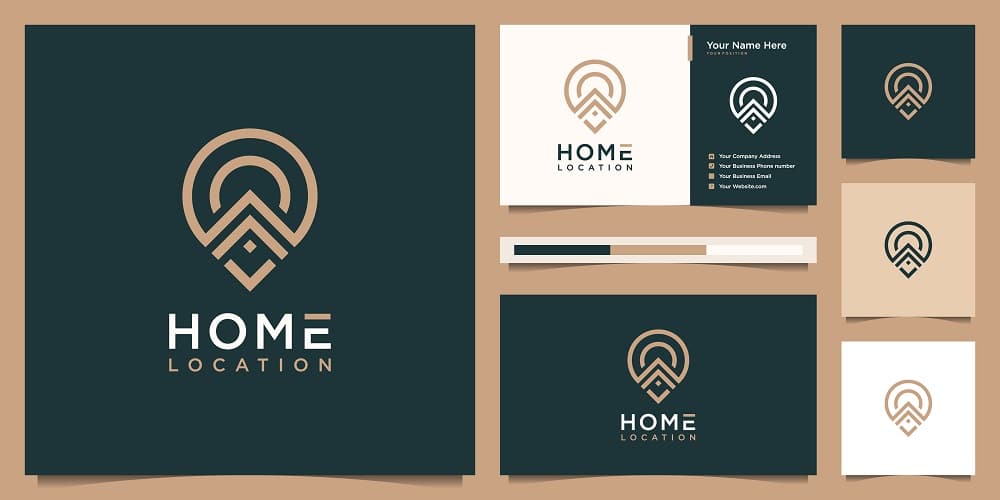what is a secondary logo and how is it used?

Your company has a beautifully designed logo. It adorns your website, your social media channels, and just about all of your branding. Often companies have secondary logos. What is a secondary logo and how is it used?
The importance of a secondary logo
Your logo looks great on your website and the front of your building, but how does it look on your Facebook and Instagram profile pictures? Does it fit your business cards? You know exactly how your logo needs to be displayed to have a full impact. Restrictions on placement across all mediums can be limiting, however.
Social media is one place where we often run into such limits. If your logo is rectangular, for example, you may likely have to reduce it to fit in the space allotted on a Facebook or Instagram profile photo. As a result, your logo may be difficult to read.
A secondary logo is an alternate version of your primary logo to be used in places where the primary logo does not fit or may not display properly. It has all the important elements of your primary logo such as your brand colors and logo elements to ensure it is still recognizable as belonging to your company.
Designing a secondary logo
When designing a secondary logo, the important thing is that it be scalable so that it can fit in a variety of different places. However, when customers see it, they still need to be able to recognize it as the same brand conveyed by your primary logo.
If the image on your primary logo is large and detailed, then your secondary logo might be a smaller, bare-bones version of that same image but with the same basic color scheme. If your primary logo is long and rectangular, your secondary logo might be adjusted to be square, to scale to social media profile pictures more easily. It may or may not contain the company name.
Some brands simply incorporate a sub-mark, or icon logo to use as their secondary logo. Often brands use these for their social media profile photos. Brands that offer users access to downloadable apps will often use these marks as their app icons. (If you are a user of Facebook’s or Instagram’s mobile apps, take a look at the icons used on your mobile device. Now compare them to Facebook and Instagram’s full brand logos.)
Last, icon logos are used as website favicons: the image you see displayed in the top left corner of a website browser tab when people access your website. Favicons allow website visitors to identify which browser tab is your website when they switch to a different tab, even if the browser is sized so small that there’s no more readable text.
The key to a sub-mark is that it’s very small, but still identifiably you at that size. It might contain a single character, such as the first letter of your company name, but otherwise, there’s no text (e.g. the Google “G”). It will still have your color scheme, though, which is essential to your brand’s identification.
A secondary logo allows you to promote your brand anywhere. By designing one, you ensure that your audience can identify you at a glance, not just on your website, but on any platform, under any circumstances. This in turn helps create a lasting impression that will cement your brand in the minds of your current and potential customers.
